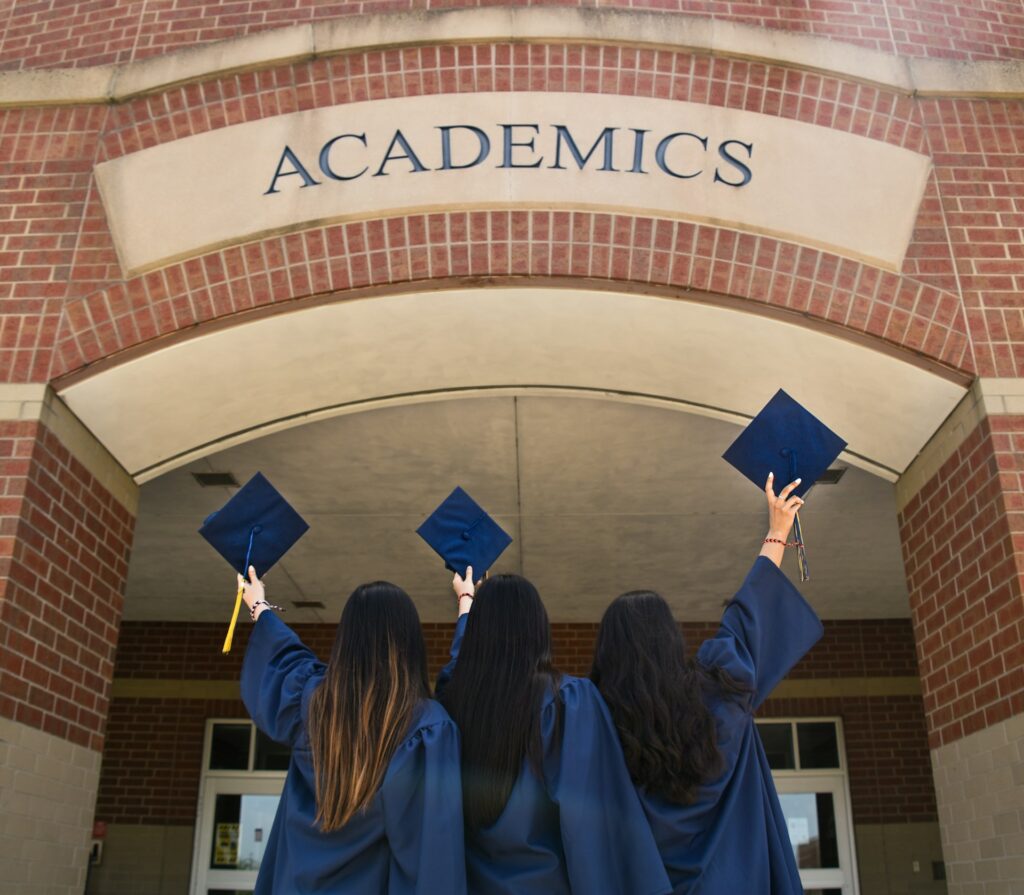College Discusses More Parents must spend time with kids

College Discusses More Parents must spend time with kids
Federal loans are too unclear for families, particularly with the Department of Education in peril.
What would America be without the federal Department of Education? After President Donald Trump’s executive order to abolish the agency, parents, educators, students, and policy experts worry about solutions.
The order’s planned and unintended impacts will affect generations. The department’s role as a federal student loan lender should make students wary of its advantages.
Federal student loans always outperformed private ones. They have lower interest rates; private student loans may cost nearly twice as much as undergraduate direct student loans at 6.53%. Benefits include income-driven repayment plans, forgiveness programs, and the ability to postpone or enter forbearance during hard circumstances. One example is the Covid-19 payment pause, which allowed debtors to stop payments without penalties or interest. Trump authorized this perk in his first term.
The alleviation was vital. 1 in 4 under-40s owe student debts, with the median owing $20,000–$24,999, according to Pew Research Center. The load is 36% for individuals with a four-year degree.
However, the president’s DOE dissolution may disrupt federal student loans.
As DOGE decimates the agency’s personnel, payback and forgiveness applications may be delayed. Trump’s proposal to hand over the Small Business Administration’s $1.7 trillion student loan portfolio has been questioned by experts. Private lenders might fill the void.
It’s uncertain whether privatizing federal student loans would eliminate all federal advantages because the government would likely still support them.
With student loan uncertainties, a recession is possible. Inciting economic concern during unpredictable times is simple, but Goldman Sachs Group Inc. forecasts that 65% of his tariff choices will be revoked within a year if he doesn’t withdraw them.
I was a freshman in college when the housing market collapsed in 2007, so I know how recessions affect college-aged kids. New college students dropped out because parents lost their jobs and couldn’t pay tuition. Others borrowed surprisingly to finish their schooling. According to history, borrowing rose 25% in the 2008–2009 school year. Federal student loans were not politically charged then.
A trade war would boost prices, cutting disposable income for households of all socioeconomic levels, but a recession is not assured.
People should search for things they can control since the administration’s uncertain policies are affecting families. Student loans might entail parents of students or college-bound students discussing how reasonable tuition is in a tough economy with one other and their children.
Parents should at least tell their kids how much they can afford for college. Discussion might lead to the following options, which I think are ideal for most college-bound students: Attend in-state institutions or the university with the finest scholarship package if it’s not their first choice. They may also consider attending a local community college and transferring to a four-year institution to save thousands. In 2024, private non-profit four-year colleges were roughly four times as costly as in-state colleges, according to the College Board’s Trends in College Pricing study. The latter averaged $11,610 in tuition and fees.
In addition to picking a college, the debate should focus on student loan debt’s long-term effects. Graduates with little to no debt, even from lesser-known institutions, have a stronger start to adulthood and may take greater professional risks.




